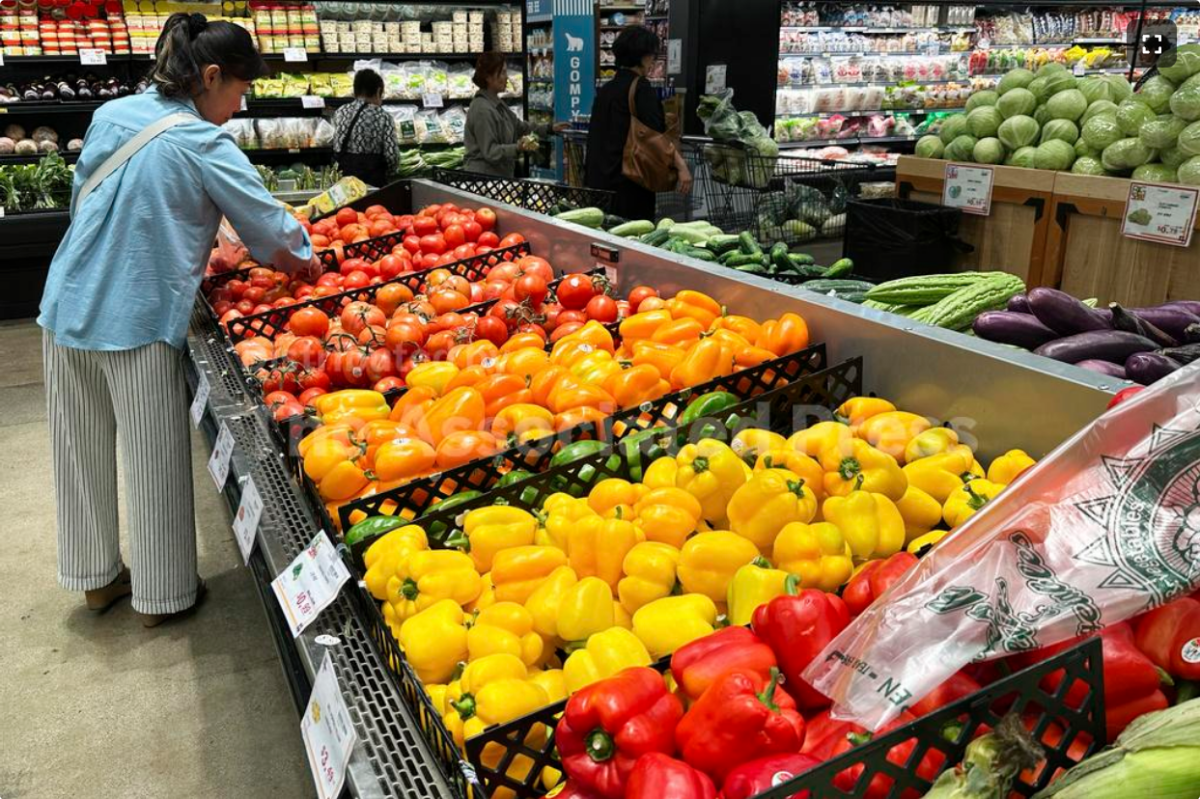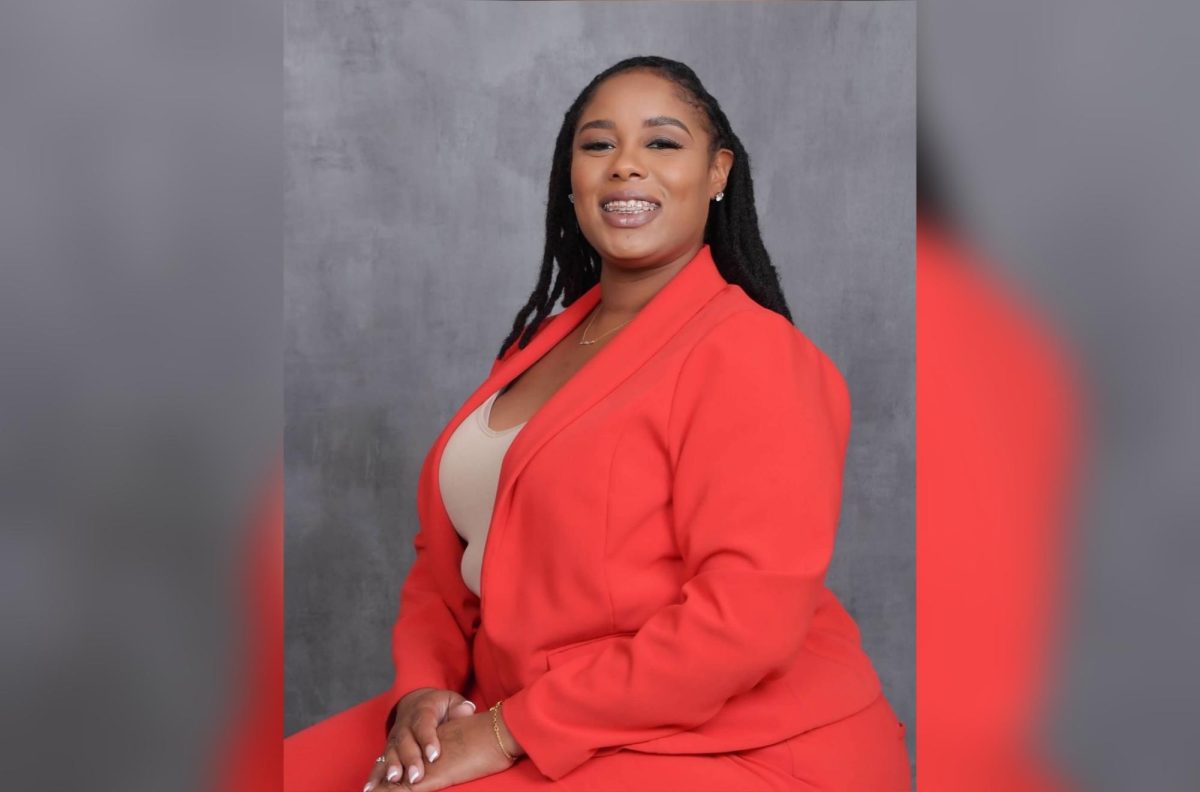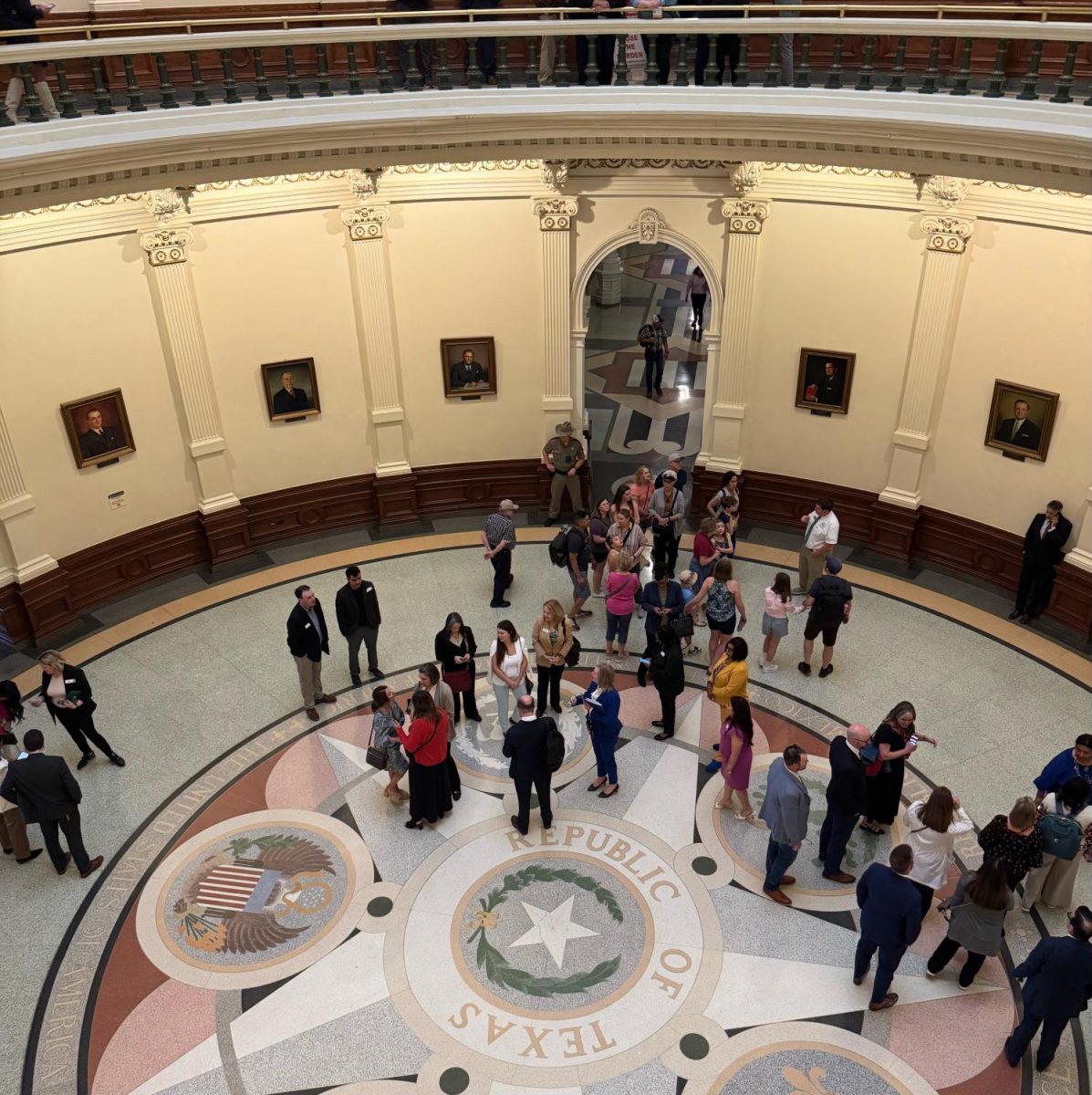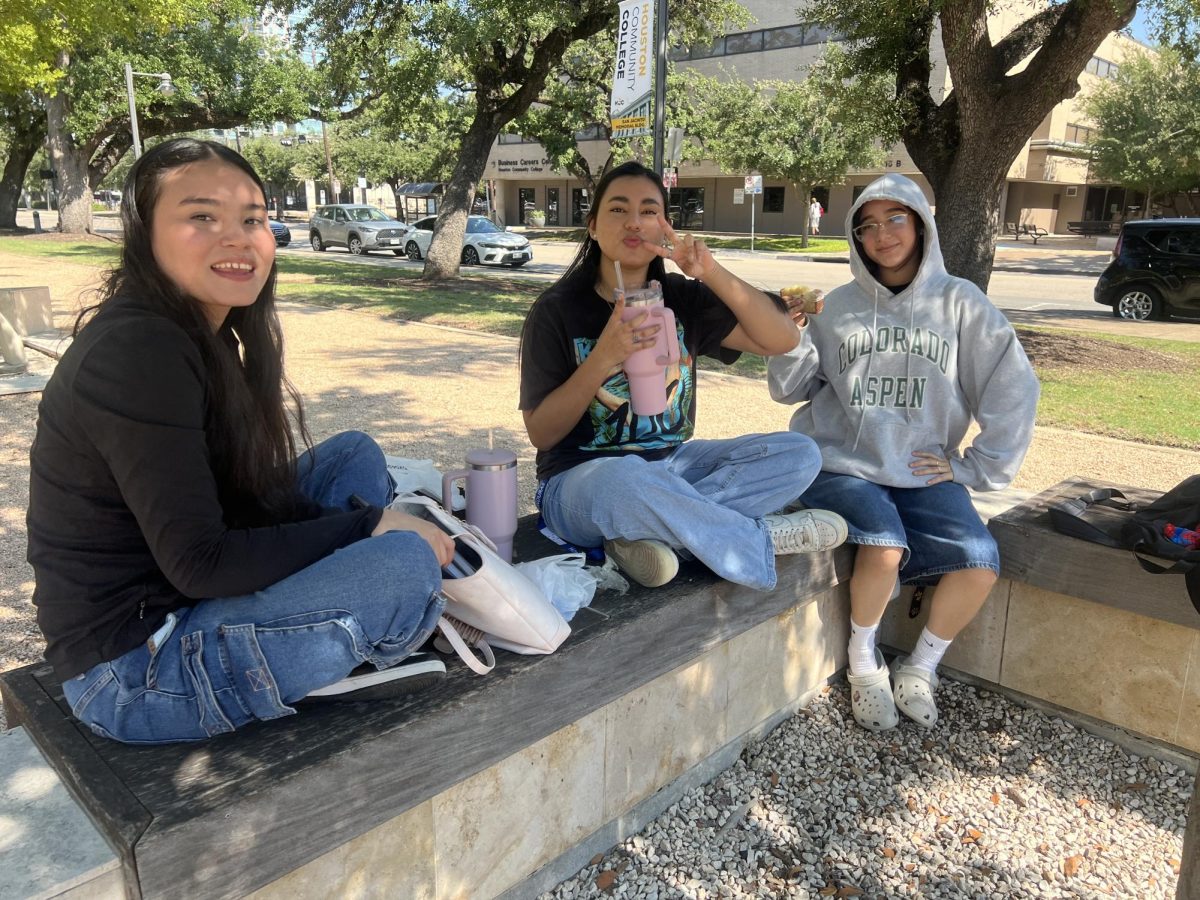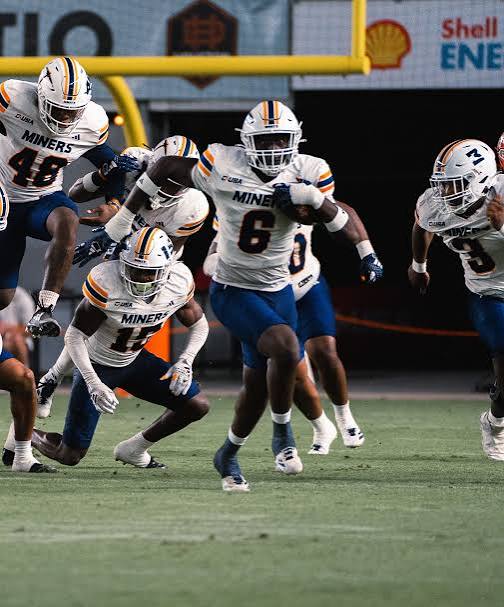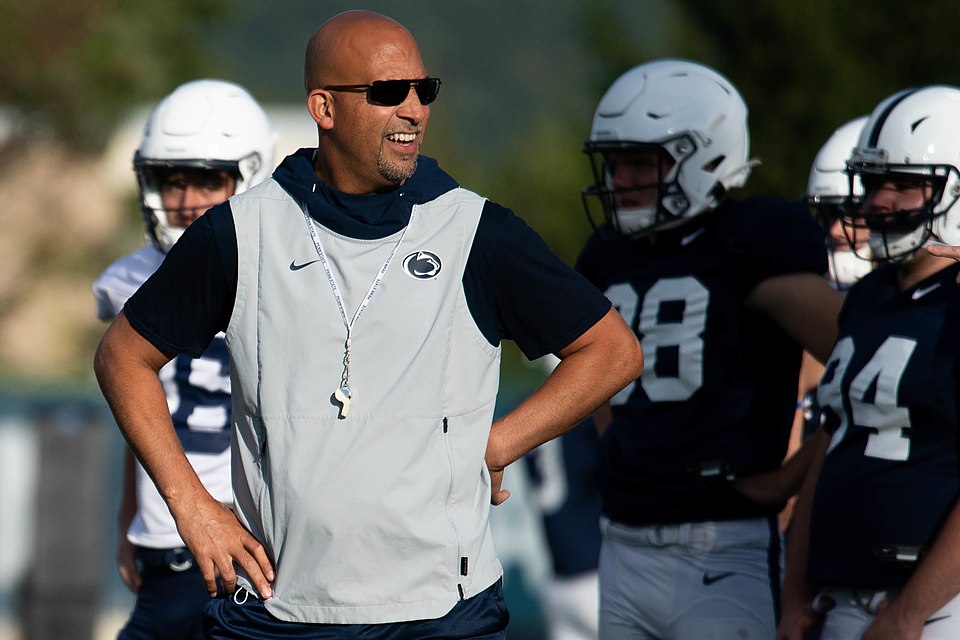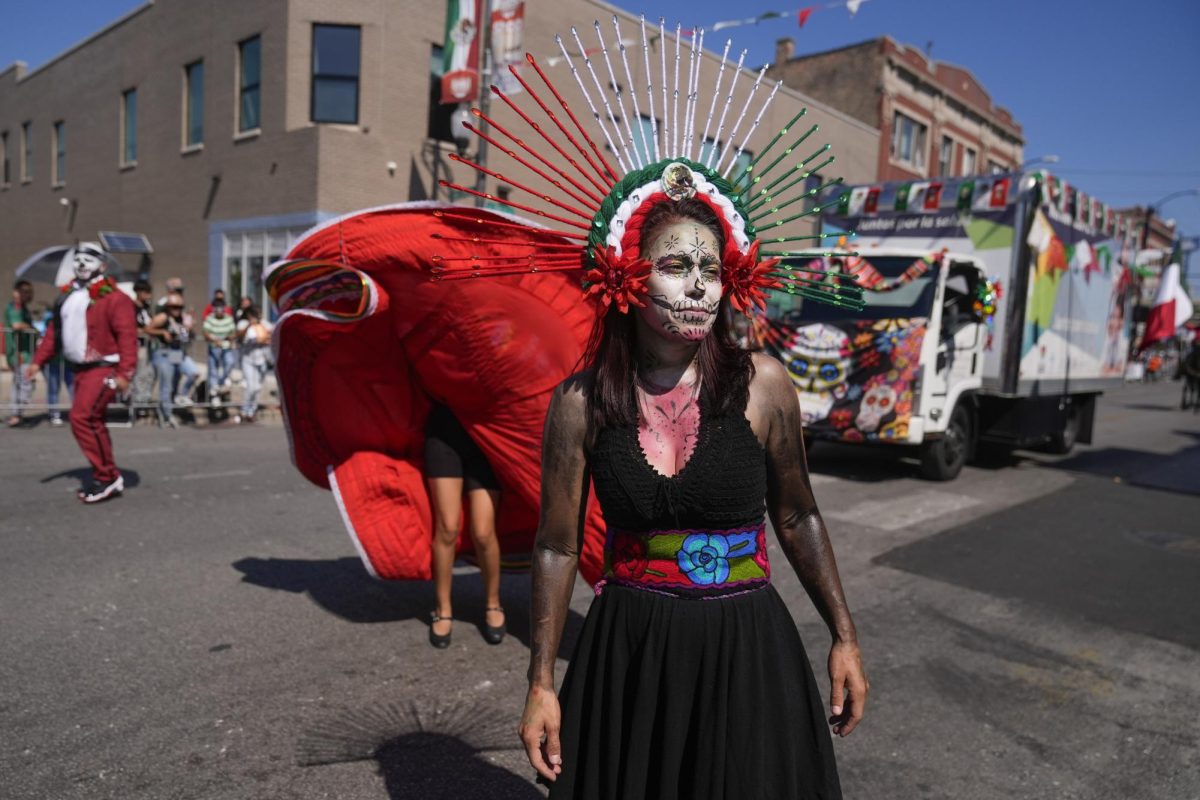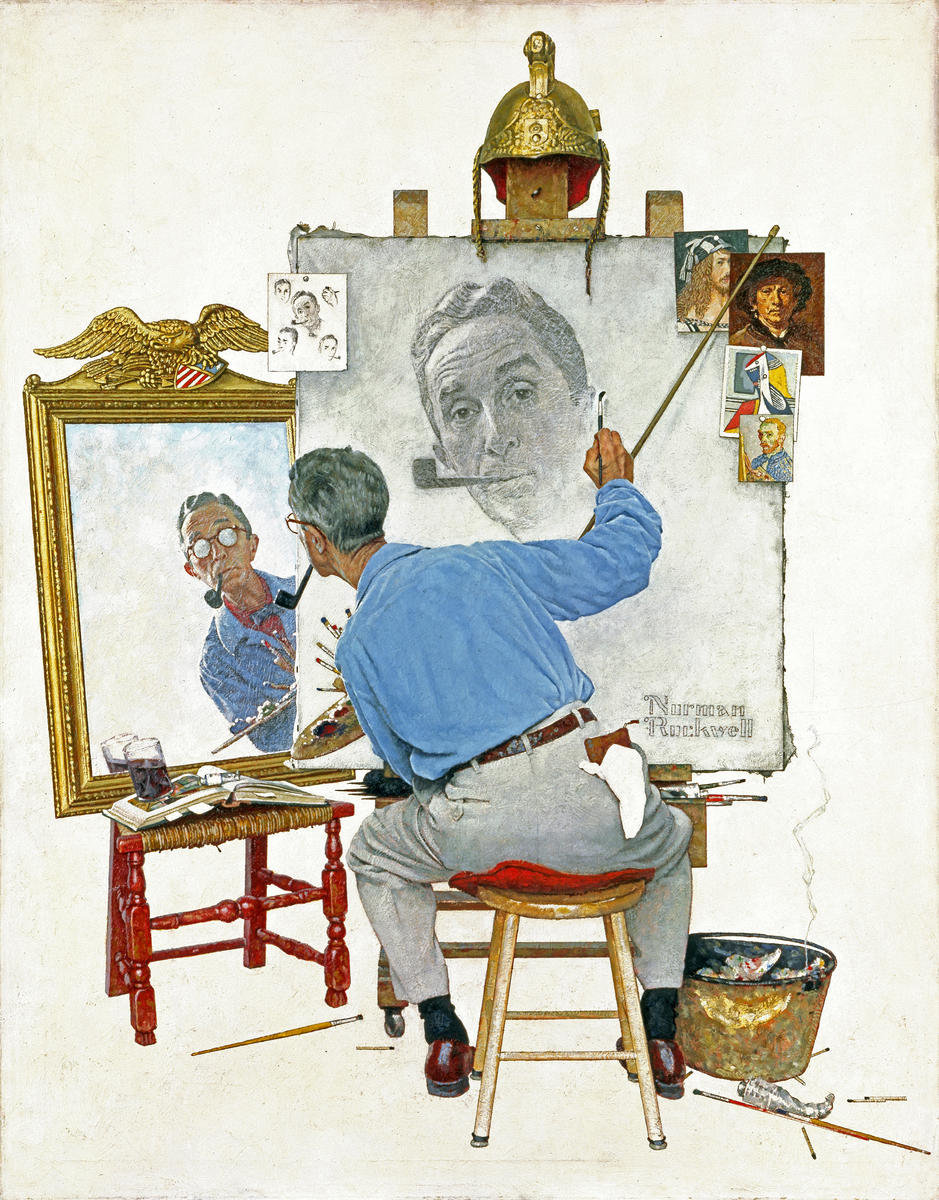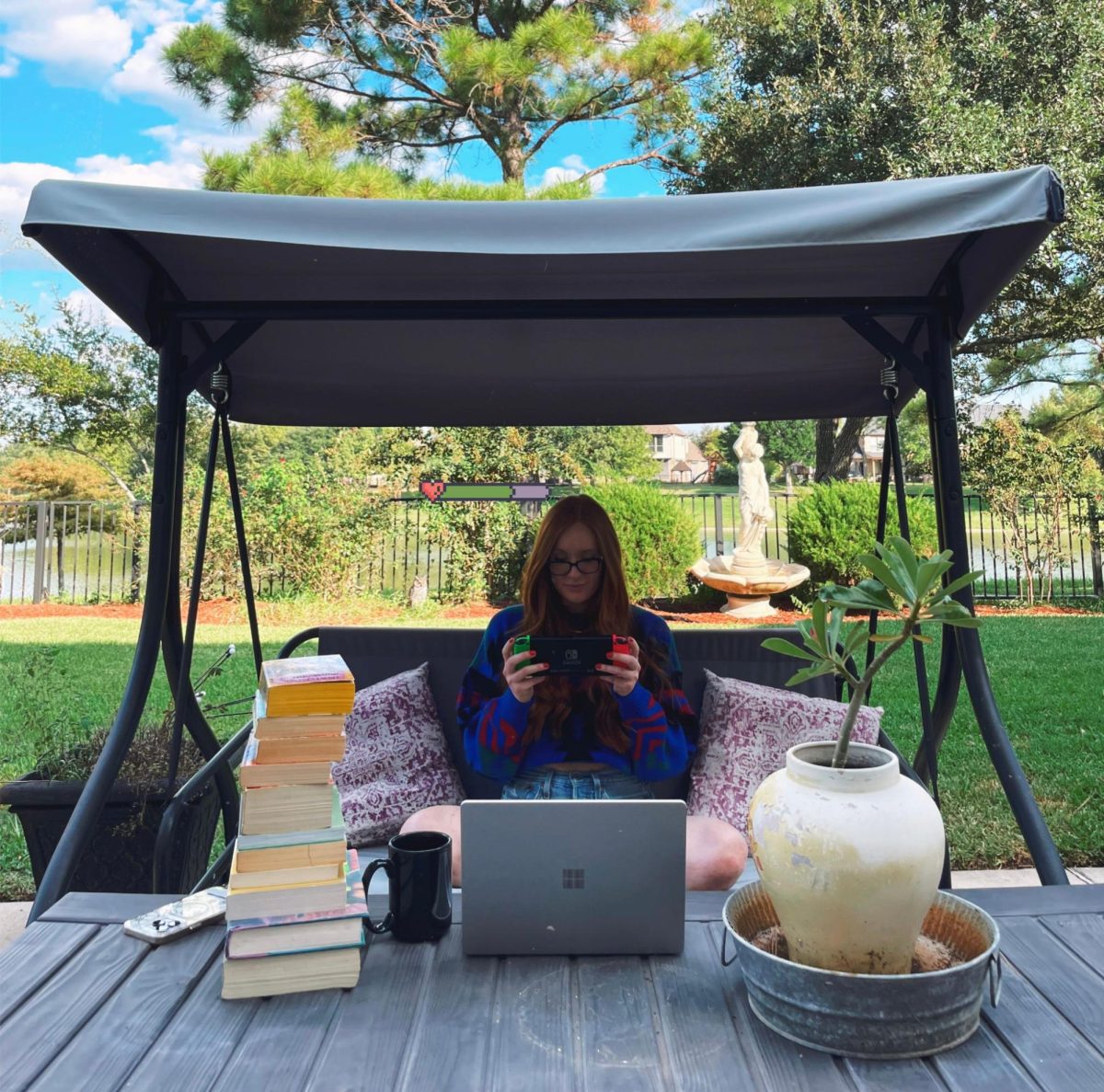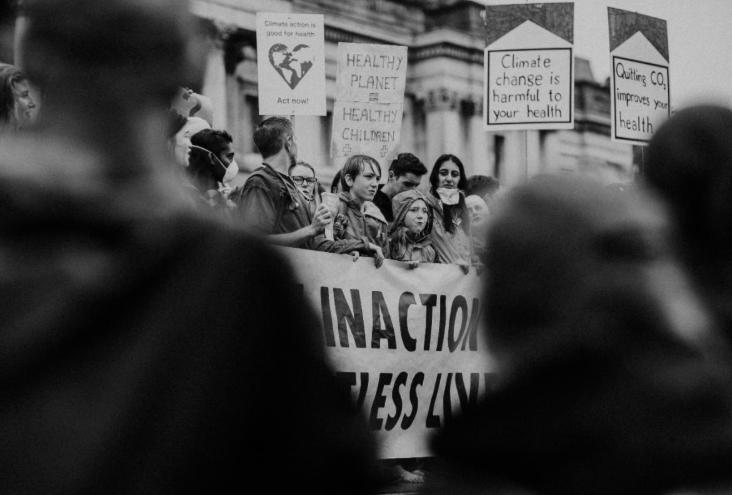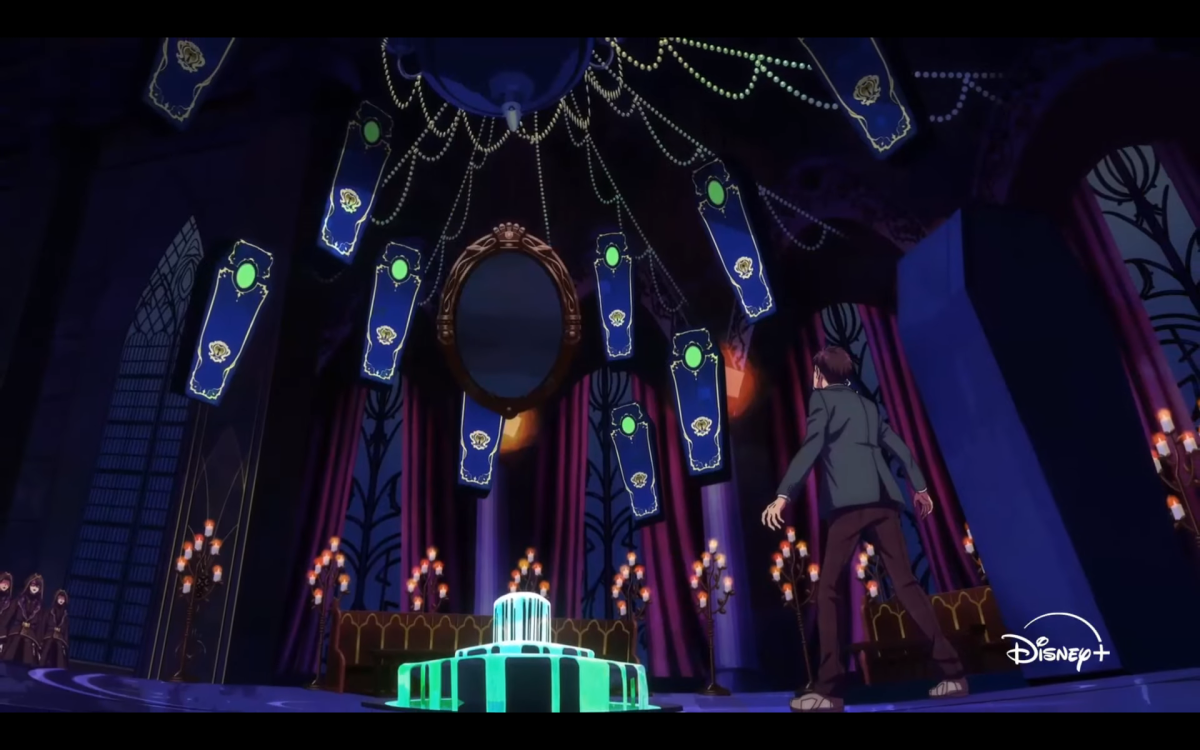The Legacy of Super Bowl LI
February 8, 2017
When the sporting world looks back at Super Bowl LI, it will be remembered as one of the most thrilling NFL games in history. Filled with unbelievable plays and a storybook ending that if not seen by millions live worldwide it would be thought of like a made by Hollywood blockbuster.
If this is how you see the game, then Houston as a host city did a great job of putting on a great week long party, but that is not the legacy that will forever be held in the hearts of communities in and around Houston.
One such community is Independence Heights, a small 2,186-acre neighborhood full of forgotten history to most but filled with pride by all its residents.
The people at Rebuilding Together Houston knew the value of this community, and when the NFL announced the Super Bowl was coming to Houston, they formed a plan to help rejuvenate the neighborhood.
Jim Soller, Executive Director of Rebuilding Houston Together, along with Executive Director of Independence Height Redevelopment Council, Tanya Debose, and worked out the details of Super Impact 17 and how it would help transform Independence Heights.
Super Impact 17 was a massive project in where Rebuilding Together Houston set a goal to help 500 homeowners in the 17 months leading up to Super Bowl LI.
To accurately understand the importance of this project you must first know the importance of this small but prideful neighborhood.
Independence Heights originated between the years of 1908 and 1910 when the Wright Land Company secured the land and developed the community for black families. The neighborhood was set within the boundaries of Thirtieth Avenue on the south, on the north by Fortieth Avenue, on the west by Yale Street, and on the east by Airline Drive.
By financing the lots, themselves, Wright Land Company made it possible for families to become homeowners. For the most part, residents became their own contractors and grew the area establishing churches like New Hope Missionary Baptist, Green Chapel African Methodist Episcopal, St. Paul Colored Methodist Episcopal, Ebenezer Methodist Episcopal, Concord Missionary Baptist and North Main Church of God in Christ.
One of these families was the family of Independence Heights community leader Mardie Paige whose deed to her home states that it was financed to her grandfather for the price of $10 and other things such as his skills as a contractor to build structures.
The small community grew to the size of nearly 600 residence when it became the first African American municipality in Texas on January 17, 1915.
700 E. 34th Street was the City Hall-Courthouse, and over the years they made improvements to the community such as shell paving of streets, plank sidewalks, and the installation of a municipal water system.
By 1928 there were over 40 black-owned businesses including grocery stores, restaurants, a cleaner and pressing shop, law offices, a lumber company and a drug store to name a few.
In November 1928 Independence Heights residents voted to dissolve the city’s incorporation because of their desire to become a part of Houston. The area was annexed to Houston on December 26, 1929.
With the help of corporate sponsors like Lowes, Wells Fargo, BBVA Compass, CDRE, Center Point Energy, Exxon Mobil, hundreds of volunteers, members of the community and Rebuilding Together Houston have helped to rebuild and repair homes, build a food pantry, refurbish a baseball park and help to create a welcoming center and museum.
787 homes and families were impacted throughout Houston blowing away the goal of 500 when Super Impact 17 was created.
The final score may have been Patriots 34, Falcons 28 with Tom Brady being named the MVP of the Super Bowl, but the genuine winners of Super Bowl LI was Houston and more directly the community of Independence Heights.
___
Rebuilding Together Houston is not going anywhere now that the Super Bowl has come and gone if you or someone is in need of their service they can be reached on the internet at RebuildingHouston.ORG or by phone at 713.650.0871




